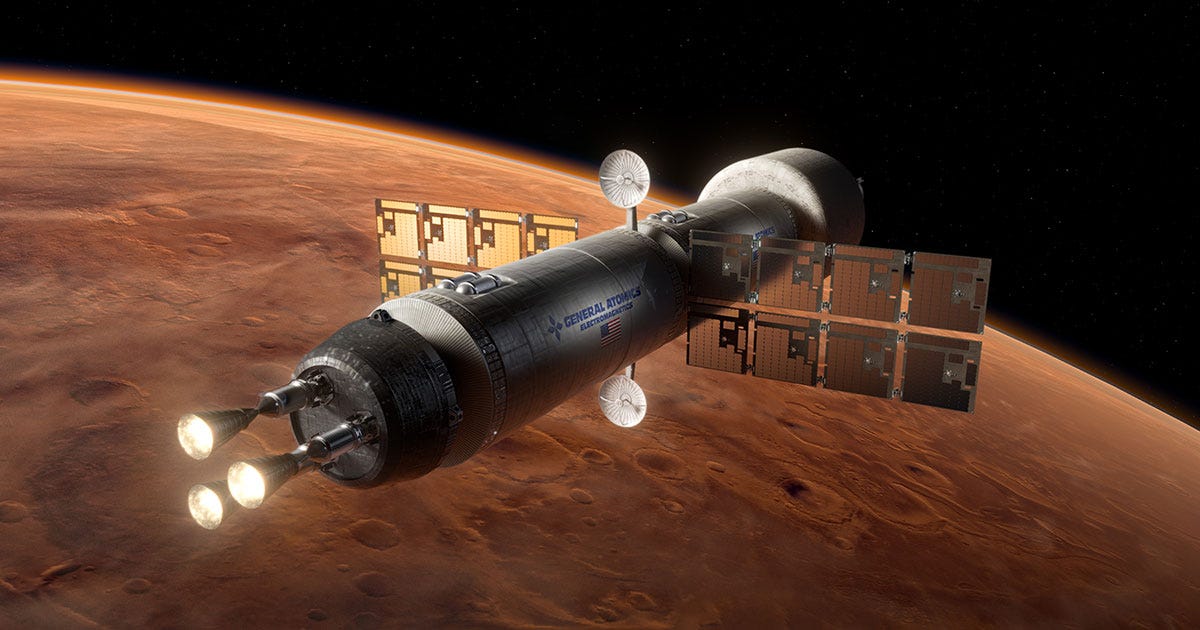Why NASA Wants a Nuclear Reactor on the Moon by 2030
The idea of building a nuclear reactor on the moon might sound like science fiction, but it’s a serious goal for NASA under the leadership of interim administrator Sean Duffy. Appointed by President Donald Trump, Duffy—who also serves as Transportation Secretary and is a former Fox News host—has made this initiative his first major push at NASA. The plan is to have a 100-kilowatt nuclear fission reactor operational on the lunar surface by 2030. But why is this a priority?
The primary reason is power. The moon’s environment is harsh, with a day-night cycle that lasts 28 Earth days—two weeks of continuous sunlight followed by two weeks of darkness. This makes solar power unreliable for sustained operations. A nuclear reactor, however, can provide continuous, stable energy, regardless of the lunar day or location. This is crucial for supporting long-term human missions, scientific research, and even future Mars exploration. As Dr. Sungwoo Lim from the University of Surrey noted, "Nuclear energy is not just desirable, it is inevitable" for lunar habitats.
There’s also a geopolitical angle. China and Russia have announced plans to build their own lunar reactor by the mid-2030s as part of a joint moon base project. If they succeed first, they could "declare a keep-out zone," limiting U.S. access to key lunar areas. Duffy’s directive emphasizes the need to beat them to the punch, stating that the first country to deploy a reactor could "significantly inhibit" others. This echoes Cold War-era space race dynamics, where technological dominance was as much about national pride as it was about security.
Keep reading with a 7-day free trial
Subscribe to Lawfare to keep reading this post and get 7 days of free access to the full post archives.




